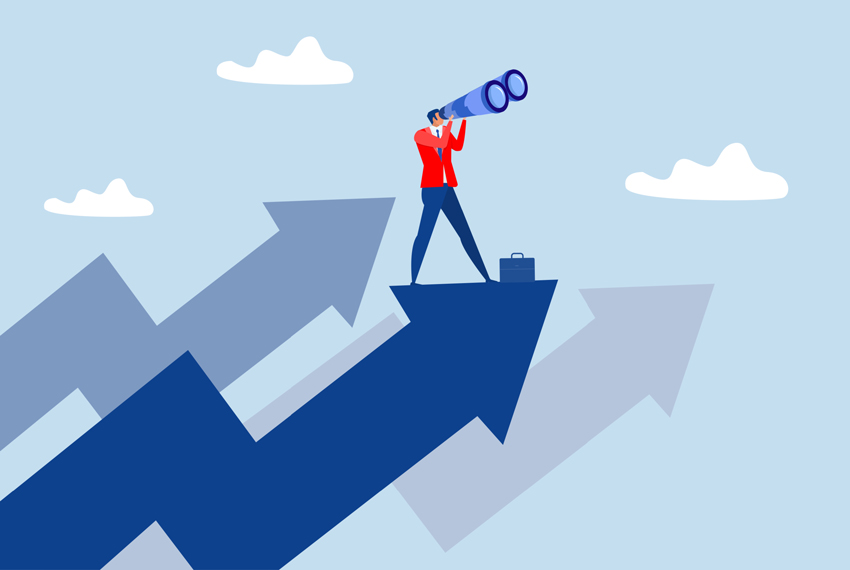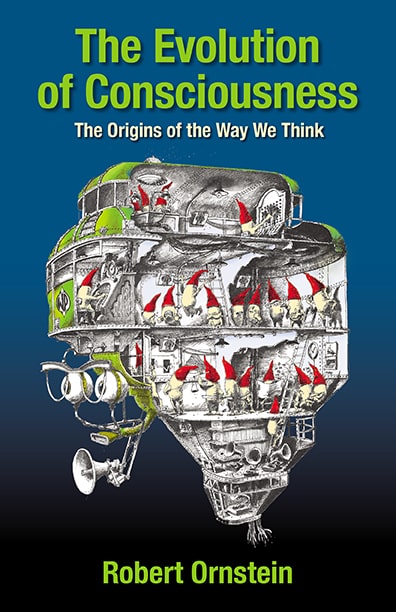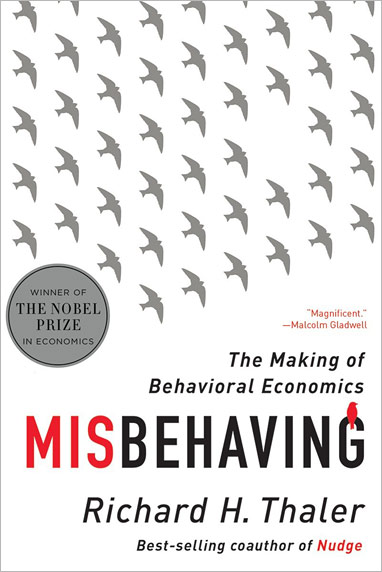
The Illusion of Predictability in Economics
Ayubkhon Azamov | May 16, 2025
Since the first farmers lifted their eyes to the sky, humanity has sought to peer beyond the horizon of the unknown. Neolithic communities marked the phases of the moon to anticipate the onset of rains; Sumerian priests kept records of eclipses, and Egyptian astronomers compiled tables of the Nile’s flooding. In all these practices, a single pragmatic note resounded: give the community time to prepare, protect the harvest, and possibly save lives.
Later, as cities and trade routes expanded, people’s predictive gazes shifted from the heavens to society itself. Venetian merchants logged “wind cycles” to plan their voyages; military commanders calculated seasonal windows for campaigns; and early modern thinkers began constructing economic scenarios. These served one aim: to arm governments, businesses, and citizens with a clear picture of tomorrow, thereby softening the blows of coming upheavals.
Such persistent behavior is fueled by the human psyche itself. Uncertainty breeds anxiety, and an intolerance of uncertainty drives us to seek even partial clarity. At the same time, a need for cognitive closure compels us to order the world quickly and reduce unrest. Any forecast—even an incomplete one—temporarily silences this internal alarm.
Neuroscientists add that the brain does not passively wait for the future—it actively models it. Estimates suggest that 60–80 percent of cortical energy is devoted to predicting the next step, word, or sound. This predictive processing conserves resources and accelerates reactions: an organism prepared in advance survives more often than one that acts only after events unfold.
Today, forecasting is built into nearly every scientific discipline. And yet, of all the fields that have developed methods of anticipation—from meteorology to epidemiology—none contend with the density of human decisions, interests, and mutual expectations like economics.
Here, amid the endless financial activity of banks, speculators, businesses, nations, and households, forecasts are regularly made. But there is a paradoxical aspect involved: predictions are not merely a way to prepare for the unknown, but are also an active element of the game itself: participants read the models, react to them, and their reactions immediately reshape the very landscape the model sought to predict.

It is this “hall of mirrors” that makes economic forecasts a special challenge: they simultaneously describe reality, while also reshaping it. This makes predictive accuracy in economics—fraught in most human affairs even in the best of circumstances—additionally problematic.
“The only function of economic forecasting is to make astrology look respectable.” – John Kenneth Galbraith.
This quote has long been a classic—and not without reason. No matter how many institutions publish projections for inflation, GDP growth, or interest rates over the coming years, these forecasts all too often prove to land far from the mark.
Many other big-name economists from Nobel laureate Paul Samuelson to Andrew Haldane, the former chief economist of the Bank of England, have criticized the flawed nature of economic predictions. They are echoed by Professor Scott Moss, who in 2022 stated, “There is not a single correct forecast of a macroeconomic turning point.” Moss has argued that as long as economists rely on equilibrium‑based models and assumptions of gradual change, they will always miss the moments of real upheaval.
But this isn’t just a feeling of professional opinion or insight: there is plenty of data showing that accurate long‑term economic forecasting is more myth than science. For example, a comprehensive cross‑country study found that “the ability to predict recessions is virtually non‑existent.” In other words, economists almost never see a crisis coming before it hits. And this isn’t a fluke—it’s a systemic problem. An IMF working paper tracking forecasts for 63 countries from 1992 to 2014 revealed that neither public nor private analysts managed the task: recessions were only recognized once the year was almost over.
One of the most striking examples is the so-called “Great Recession” of 2008–2009. Of the 62 countries that fell into recession at that time, not a single one had been flagged in advance as vulnerable. By September 2008, economists had failed to predict any of those downturns. Forecasts only began to be revised once the crisis was already engulfing economies—and even then, far too slowly.
British economic historian Niall Ferguson once quipped sarcastically (referencing an original joke made in 1966 by Paul Samuelson), “Macroeconomists have successfully predicted nine of the last five recessions.” It sounds like a joke, but it serves as a sobering reminder of how difficult it is to forecast the economy—even when we understand aspects of it well.
Examples of Failures: When Forecasts Failed Spectacularly
Often the most important turning points in the global economy happen when they are least expected. And it’s not just private analysts who have erred in seeing them coming—some of the largest international institutions and the most respected economists have missed the mark. There are some striking examples that show how blind forecasts can be at critical moments, including the global financial crisis of 2008 (mentioned above), the COVID-19 pandemic, and the European sovereign‑debt crisis of 2010–2012.

All of these instances point to one lesson: the pivotal turning points that matter most are the ones we predict least accurately. As one IMF economist quipped, “there has never been a correct econometric forecast of a macroeconomic turning point” Economic shifts, shocks, the beginning and end of trends, and the human element are always difficult to capture in even the most sophisticated models.
Why Forecasts Fail: Behavioral and Structural Traps
What else causes the most experienced economists to so often miss the mark on long‑term forecasts? It’s not just about the math—it’s also about psychology, both individual and collective. Research in behavioral economics shows that our view of the future is subject to a range of systematic biases.
The Continuation Illusion: Yesterday as a Template
Most forecasts begin with a simple assumption: what happened yesterday will happen tomorrow. As William Nordhaus demonstrated in 1987, economists tend to “report bad news slowly.” Rather than sharply revising their outlook, they first smooth the edges—especially on the eve of a crisis. That’s why forecasts made just before recessions almost always remain optimistic, even when warning signs are already visible.
The Herd Instinct: “Everyone Says the Same Thing”
Surprisingly, forecasts from different banks, institutions, and analysts often look almost identical. This phenomenon, known as herding, reflects the urge not to stray from the consensus. Even if you, as an economist, spot a risk of downturn, it’s hard to go against the crowd—if you’re alone in being wrong, it’s your fault. If the whole market is wrong, it’s an “external shock.”
Optimism as a Professional Bias
In many forecasts you can spot a firm belief in a bright future. This shows up most strongly at long horizons: growth is over‑estimated and risks are under‑played. For example, after 2008 the IMF repeatedly overstated the speed of the recovery. That optimism is partly built into the models (they assume a return to the “average”), and partly reflects human psychology—people prefer to believe things will get better.
Over‑Reliance on Models
Economic models are useful abstractions, but their accuracy is often over‑estimated. Before 2008, for instance, it was widely believed that risks in the financial system were evenly spread and that markets would self‑stabilize. In reality, those models ignored irrational behavior and systemic vulnerabilities. As Andrew Haldane of the Bank of England noted, “Our models were narrow. We simply didn’t see the full picture.”
Complexity and Chaos: The Economy as a Living System
Markets, nations, companies, and millions of people all interact in real time, generating effects that no one model can precisely calculate. The economy is not a clockwork mechanism but a living, complex ecosystem. A small event in one corner of the world can trigger a chain reaction everywhere else. These nonlinear dynamics—think of the “butterfly effect”—make long‑term forecasting extremely unreliable.
*
Despite these issues, forecasts continue to be published—partly because we simply cannot do without them. American economist and mathematician Kenneth Arrow once recounted how, during World War II, he produced weather forecasts for the military, fully aware of their inaccuracy. When his team suggested abandoning the data, the affected military general replied, “I know these forecasts are useless. But I need them for planning.” The same holds true in economics: a forecast is an attempt to impose, however temporarily, a sense of order on chaos. Even if they rarely come true, forecasts themselves reflect our human desire to illuminate the path ahead—even if the flashlight we hold is a bit dim.
In my next post, I will explore what we might be able to do to make better use of our need and propensity to read the economic runes.
Ayubkhon Azamov is a writer, translator and educator with a background in economics, based in Uzbekistan.
Recent Blogs
- Can We Make More Accurate Predictions In Economics?
- Our Subpersonalities and Many-Sided Selves
- The Illusion of Predictability in Economics
- An Old Story About Metaphysics
- The Conditioning Machines in Our Back Pockets
- Out on a Limb: The Danger of our Innate Shortsightedness
- Edward T. Hall: Culture Below the Radar
- The Half Brain Method
- 'He Who Tastes Knows': Contemporary Sufi Studies and the work of Idries Shah
- "They Saw a Game"
- A Funny Thing Happened on the Way to Enlightenment
- Finding the Right Way Home
- Time and Self
- Escaping the Either/Or Thinking Trap
- Looking Up, Looking Out
- Conditioning and the Gendered Brain
- New World, Same Mind?
- One Small Word
- Meaning: The Enduring Gift to Spirit
- Beyond East and West: Human Nature and World Politics
- Forest Smarts: A Part of or Apart From?
- How to Improve Group Decision-Making
- We Know More Than We Think We Do
- How Deep Can a Story Go?
- Lost and Found: An Encounter with the Intuitive Mind
- The Devil’s Tuning Fork
- Welcome to The Human Journey Blog


